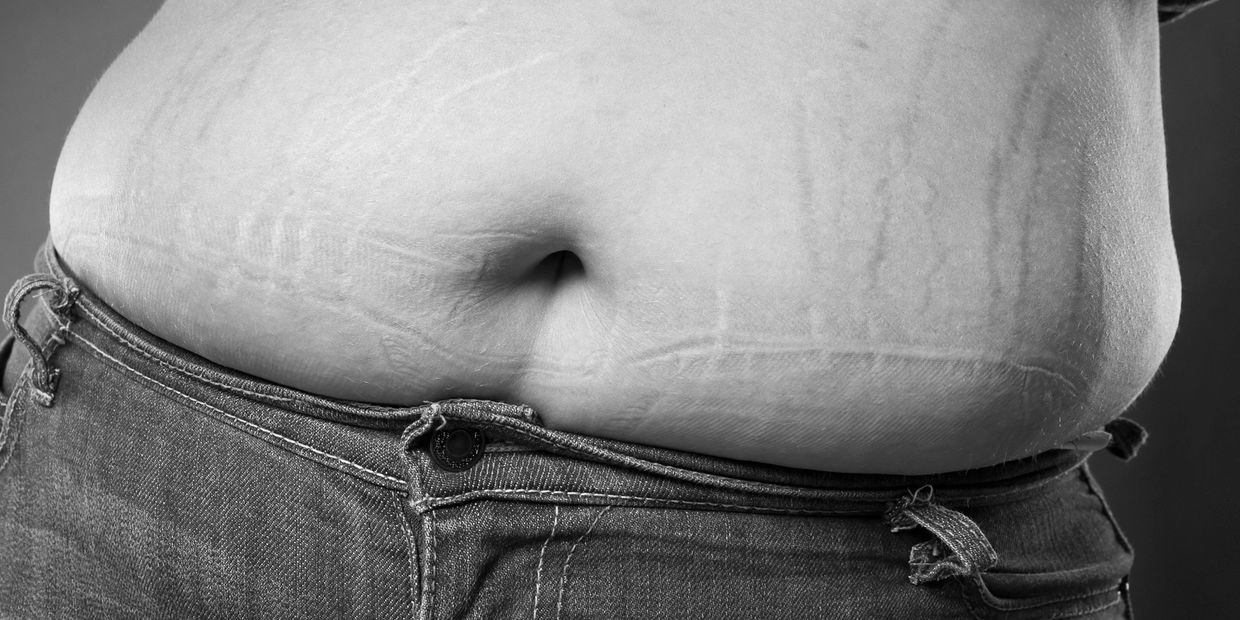
INKLESS SCAR & stretch mark tattoo in jacksonville, fl
How Inkless Scar Camouflage Helps Transform Scars and Stretch Marks in Jacksonville, FL
Inkless scar camouflage— also known as “dry needling”— is a non-invasive cosmetic procedure designed to improve the appearance of scars and stretch marks. Unlike traditional tattooing, this technique does not use pigment. Instead, it stimulates the body's natural healing response to promote healthier, smoother, healthier skin overtime.
Proudly serving clients in Jacksonville, Atlantic Beach, and surrounding Florida communities, we specialize in advanced inkless scar camouflage to help restore confidence and improve the appearance of your skin.
Here’s a brief overview:
Procedure: The process involves using a device with fine needles to puncture the scar tissue. This controlled micro-injury activates the body's natural healing response to promote healthier smoother-looking skin.
Purpose: To improve the texture, smoothness, and overall appearance of the scar, flatten scars and support skin healing.
Suitability: It’s suitable for various types of scars, including surgical scars, acne scars, and scars from injuries. However, it’s not effective for all scars, and a consultation with a qualified professional is necessary to determine if it’s the right option for a particular scar.
Sessions Required: Multiple sessions are usually needed for optimal results, and these are spaced several weeks apart to allow the skin to heal.
Recovery Time: Recovery time is typically minimal, but the treated area may be red and sensitive for a few days post-procedure.
Benefits of Inkless Scar Camouflage:
At FabULash Artistry in Jacksonville, FL, you’ll be treated by a certified expert who specialized in personalized treatments designed to restore smoother, more than even-toned skin.
No color mismatch: Unlike traditional scar camouflage that uses ink, inkless scar camouflage doesn’t change the color of the scar, which means there’s no concern about color matching or ink fading over time.
Minimally Invasive: Less invasive than surgical scar removal methods.
Short Recovery Time: Typically involves minimal downtime compared to more intensive procedures.
Safe for All Skin Types: Can be effective on various skin types and tones.
Improve skin health: Encourage better blood flow and elasticity, helping the scar area become smoother and more receptive to future treatments.
Versatile: Effective on different types of scars, including atrophic (depressed) scars like acne scars, and hypertrophic (raised) scars.
Consultation: It’s important to meet with a trained and experienced professional who can assess your scar, discuss your goals, and recommend the best treatment plan for your unique needs.
Combination with Other Treatments: In some cases, inkless scar camouflage may be combined with other treatments, such as laser resurfacing, light theraphy to enhance healing and texture improvement for better results.
Ready to reduce the appearance of scars or stretch marks?
Book your consultation for inkless scar camouflage in Jacksonville, FL and take first step toward smoother, confident skin .
Who Should Consider It?
- Individuals with visible scars seeking a non-surgical solution.
- Those looking for a treatment that offers both scar reduction and general skin rejuvenation.
The effectiveness of inkless scar camouflage can vary depending on the type and age of the scar, as well as individual skin types and healing responses. Always seek treatment from a qualified and experienced practitioner to ensure the best care and results.
"Ready to Transform?
INkless scar camouflage in Jacksonville, Fl
Our Mission
Serving Jacksonville and surrounding areas,
FabULash Artistry has been trusted for years to deliver inkless tattoo treatment for scar, stretch marks, and skin revitalization. Located in Atlantic Beach, we serve clients throughout Jacksonville and surrounding Florida to help restore self confidence with expert care.
This website uses cookies.
This website uses cookies to enhance site and performance, provide analytics, and personalize experience. By continuing to use this site, you accept our use of cookies. Your personal data remains private.
